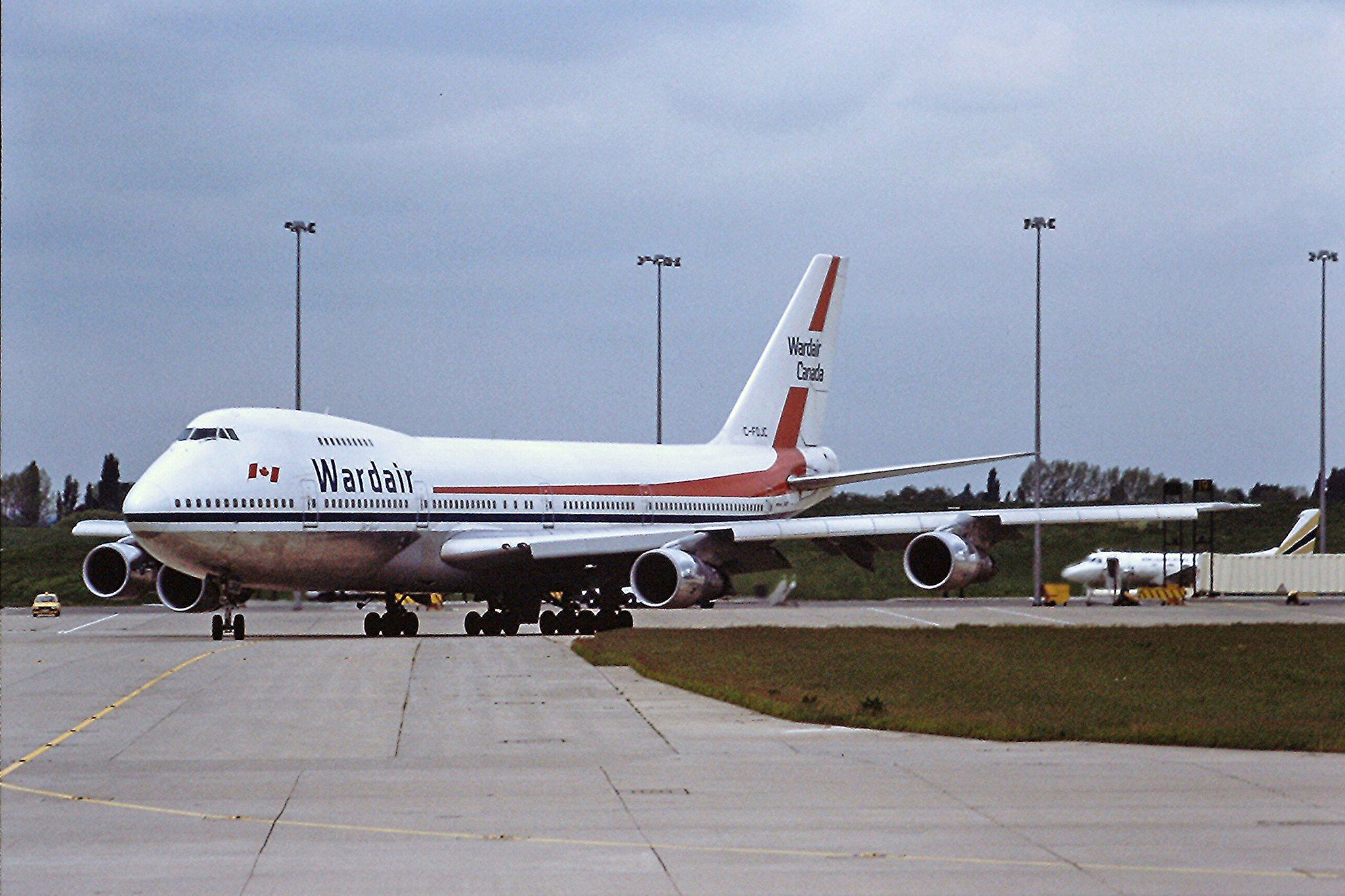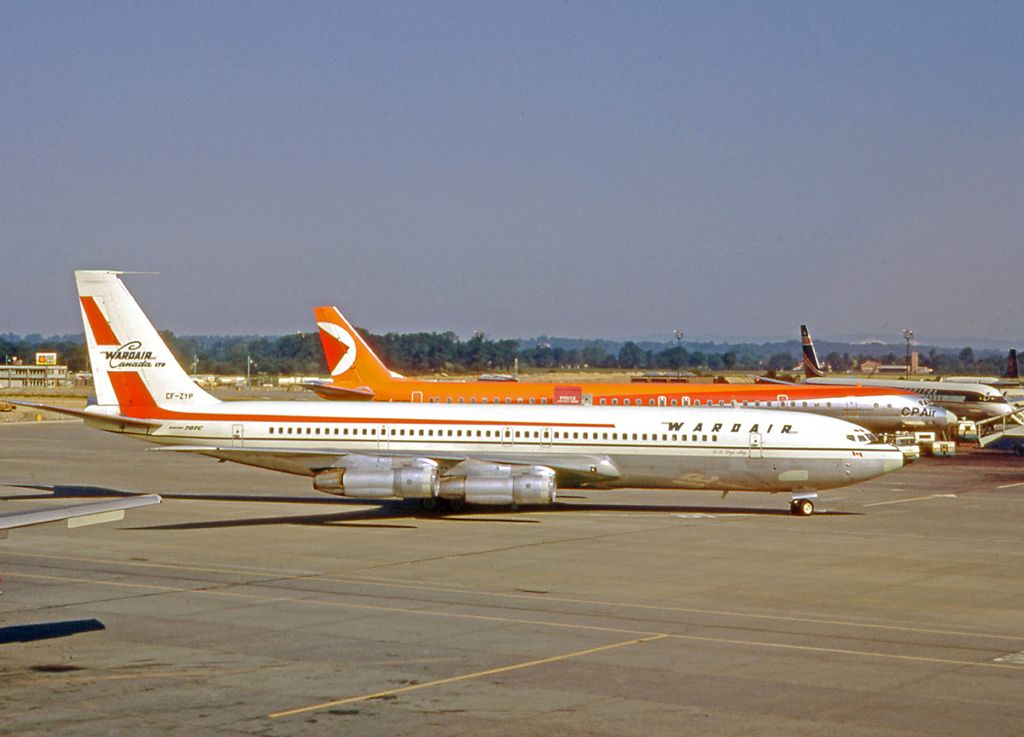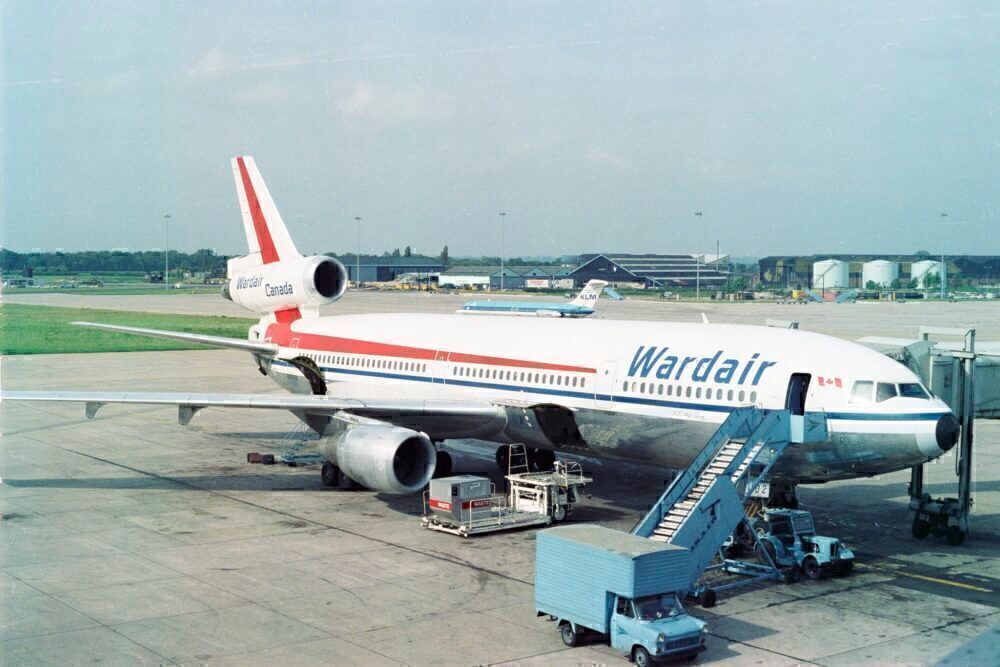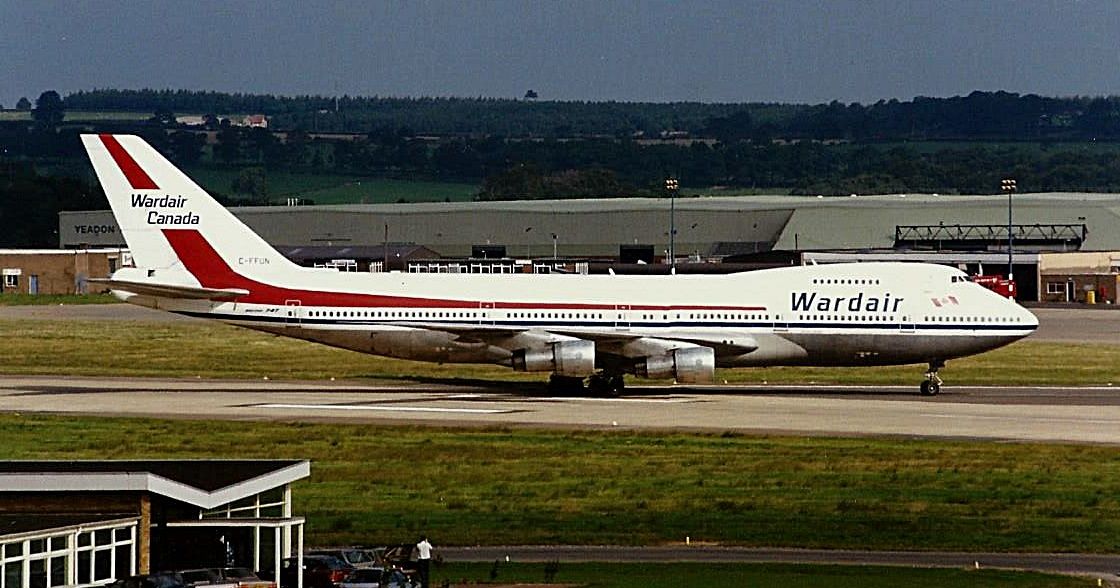Today, Canadian commercial aviation is dominated by flag carrier Air Canada. Meanwhile, airlines like WestJet and Air Transat account for the majority of the country's remaining airline traffic. However, if you look further back, you can find several other large Canadian carriers. Among these is Wardair, which even operated the iconic Boeing 747. But what happened to this airline?
Humble beginnings
Wardair first came into being in 1952 and commenced operations the following year. However, its roots lie in the previous decade. In 1946, Maxwell Ward, from whom the airline took its name, founded the Polaris Charter Company.
Based in Yellowknife, the only city in Canada's Northwest Territories, this small regional airline served remote communities within the area and in the neighboring Yukon territory. Polaris flew passengers and cargo on small biplanes such as the de Havilland DH.83 'Fox Moth.' Wardair had similarly humble beginnings.
Get the latest aviation news straight to your inbox: Sign up for our newsletters today!
Indeed, it commenced operations in 1953 with the single-engine, de Havilland Canada DHC-3 Otter. Its network first expanded into Canada's more populous regions. However, within a decade, Wardair was looking much further afield.
Worldwide growth
Less than 10 years after its inception, 1962 saw Wardair lease its first large airliner. This Douglas DC-6B, which had four piston engines, allowed the airline to expand into the international charter market. Utilizing the DC-6, Wardair served European destinations in the summer, and the likes of Mexico and California in the winter.
Love aviation history? Discover more of our stories here!
Its first jetliner, a Boeing 727 which made one-stop transatlantic flights possible, followed four years later, in 1966. After another two years, the presence of the Boeing 707 in Wardair's fleet in 1968 eliminated the need for this stop. The following decade then saw the advent of even larger widebody aircraft at the airline.
According to data from ATDB.aero, twin-aisle designs to have been present in the Wardair fleet include the McDonnell Douglas DC-10, and the Airbus 300 and A310. The Canadian carrier even flew the iconic Boeing 747.
Wardair's jumbo jets
As Simple Flying explored in an article published earlier this year, Wardair's most notable aircraft were arguably its three Boeing 747-100s and two 747-200s. The former of these designs joined the carrier in April 1973, December 1974, and October 1986. They quickly became popular with passengers for their enhanced onboard experience compared to what was offered on smaller aircraft.
Meanwhile, Wardair's two 747-200s came onboard in June 1978 and April 1979. While the 747-100s stayed with the airline until it ceased operations, the 747-200s departed prematurely, leaving for British Caledonian in 1986 and 1987.
Acquisition by Canadian Airlines
Despite boasting an impressive intercontinental route network, which also included scheduled transatlantic flights from 1985, Wardair had financial difficulties in the late-1980s. It found itself unable to attract business customers to its scheduled services, as many had already developed loyalty to competitors' frequent flyer programs. Its expansion perhaps happened too fast and too soon.
As such, the airline was sold to Canadian Airlines, whose network benefitted from the addition of Wardair's intercontinental routes. However, this carrier was also not without its difficulties. Having been formed in 1987, it existed for just 14 years before various financial struggles forced Canadian Airlines to merge with flag carrier Air Canada in 2001, which remains Canada's largest airline today.
Did you ever fly with Wardair? What are your memories of the airline? Let us know your thoughts and experiences in the comments!




